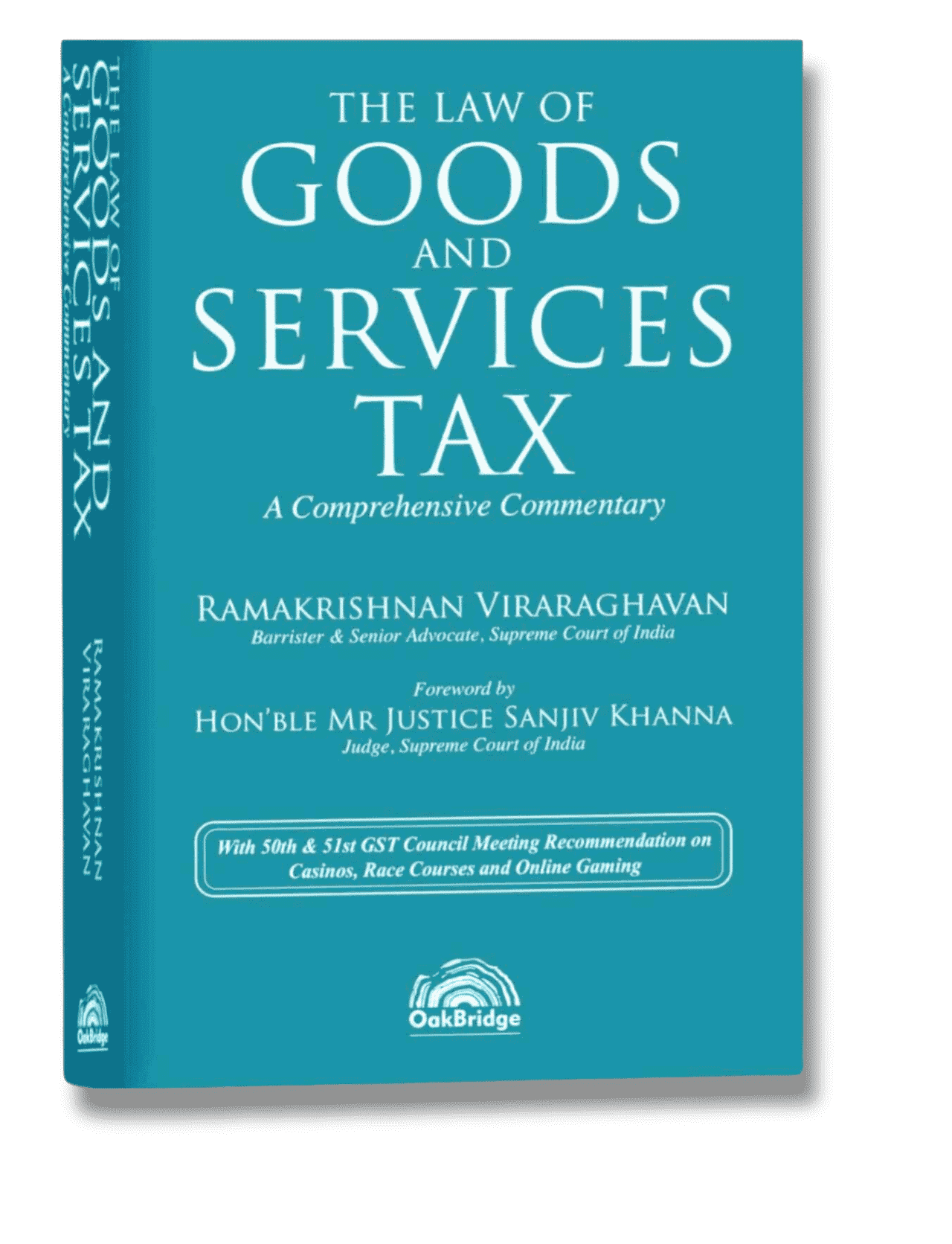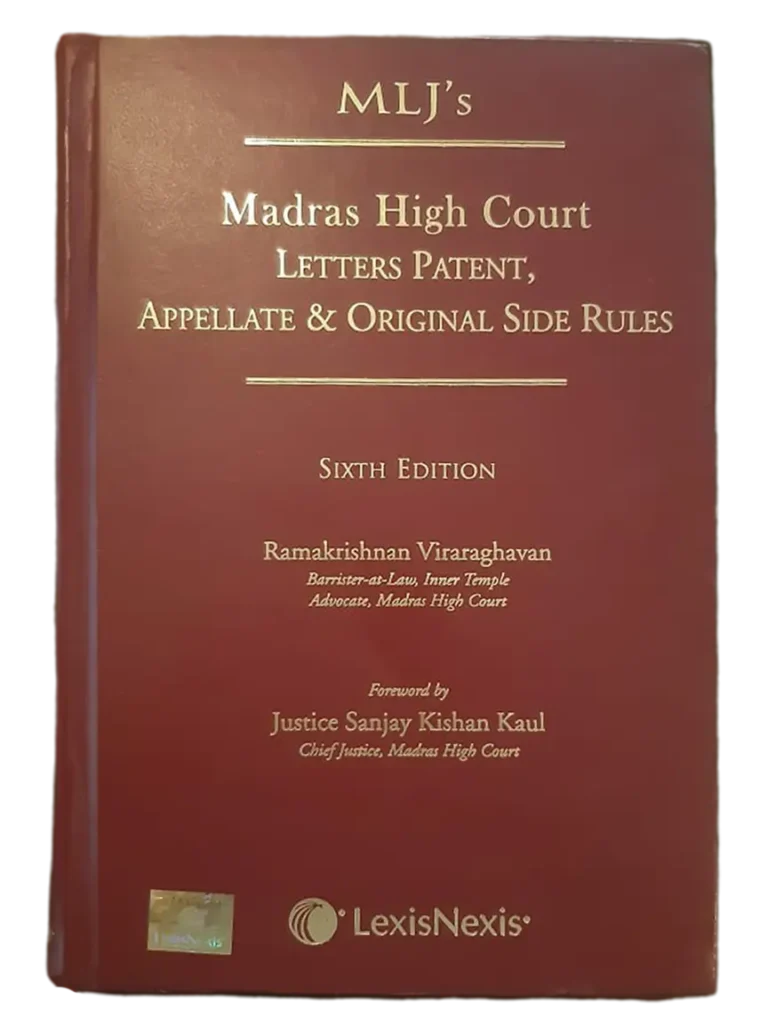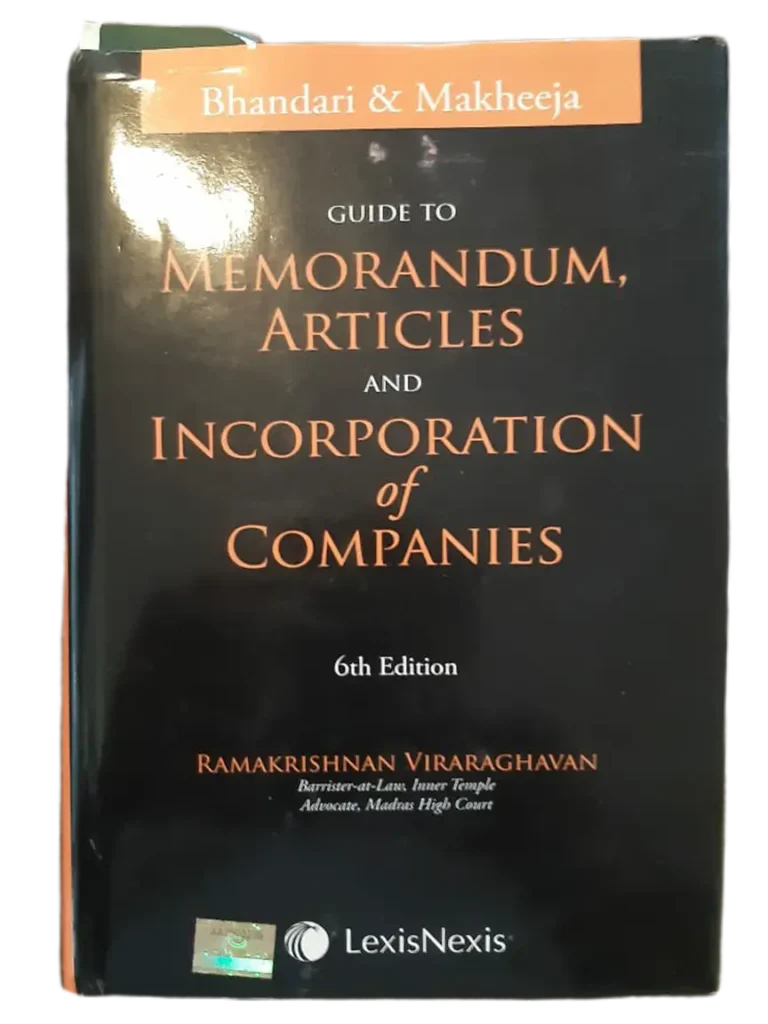Four decades ago, when the late Nani Palkhivala wrote another edition of his famous commentary on the Income Tax Act, legal resources were only in print and available to a limited few.
The senior lawyer in Chambers read the books and the law journals first. These would later trickle down to the juniors. Commentaries were the primary vehicles to disseminate information about judgments. Commentators gave the factual background of each precedent followed by verbatim reproduction of the relevant paragraphs from the judgment.
In this internet age, tax practitioners are drowning in information overload. Daily, they are faced with a barrage of online analysis of judgements, articles, circulars and clarifications. It is difficult to locate the relevant judgment among hundreds, let alone locate the ratio decidendi from a judgment typically running to a large number of paragraphs, replete with extracts from other judgments.
These difficulties are heightened under the Goods and Services Tax laws which deal with new concepts. Precedents under sales tax law and services tax law cannot be followed automatically
A different type of original writing is now required to guide the reader through the jungle of information. Commentaries must quickly give answers to problems faced by the practitioners. They must concisely identify the ratio decidendi, and the logic in the judicial approach, read together seemingly diverging judgements, point out errors and reconcile conflicting statutory provisions. Copious extracts from judgements are not needed.
I have tried to make this book an Internet-age commentary by avoiding extracts from judgements, circulars and notifications to the greatest extent possible. I have addressed the essence of the statutes, judgements, Parliamentary debates and minutes of GST Council meetings in my own words, as part of my commentary.
I have referred to the relevant judgments, orders, circulars and notifications only in the footnotes. I have also given in the footnote, the exact page and paragraph of the judgment or circular relevant to the commentary. I have pointed out errors in judgements, orders and circulars which, in my opinion, do not correctly reflect the law. I have highlighted sections which, according to me, are unconstitutional. I have given my interpretation on issues which have not yet been decided by the courts.
John Ruskin, a Victorian writer, said “The highest reward for a man’s toil is not what he gets for it, but what he becomes by it.” This has been true for me in writing this book. Although this is my third book, writing this book changed me on many fronts. Writing this book was about learning discipline, learning to wake up at 3:50 AM every day to write the manuscript before attending to my court work and learning to revise and re-write repeatedly until the desired level of precision and clarity of analysis was achieved.
The commentary incorporates the amendments made by the Finance Act, 2023, the CGST (Amendment) Act, 2023 and the IGST (Amendment) Act 2023. Taxation of supplies in casinos, racecourses and online gaming has been addressed in a separate chapter. Relevant decisions reported in GSTR up to 31 July 2023 have been added in the commentary.
This commentary is among a few gender sensitive legal books. I have avoided using gender sensitive pronouns, he or she, to the greatest extent possible.
I wish to thank OakBridge Publishing, its founders Shreesh Chandra and Vikash Dhyani, its commissioning editor Priyanka Srivastava and her successor Bhupendra Yadav for their help and support in publishing this book. I thank my son Anirudh Ramakrishnan, Advocate, India and Attorney, Californian Bar for his helpful suggestions and for preparing the index. Most importantly, my thanks go to my mother Smt. Indira and to my wife Meera for their encouragement and for ensuring I stay focused.
Ramakrishnan Viraraghavan
Independence Day, 2023, New Delhi.










